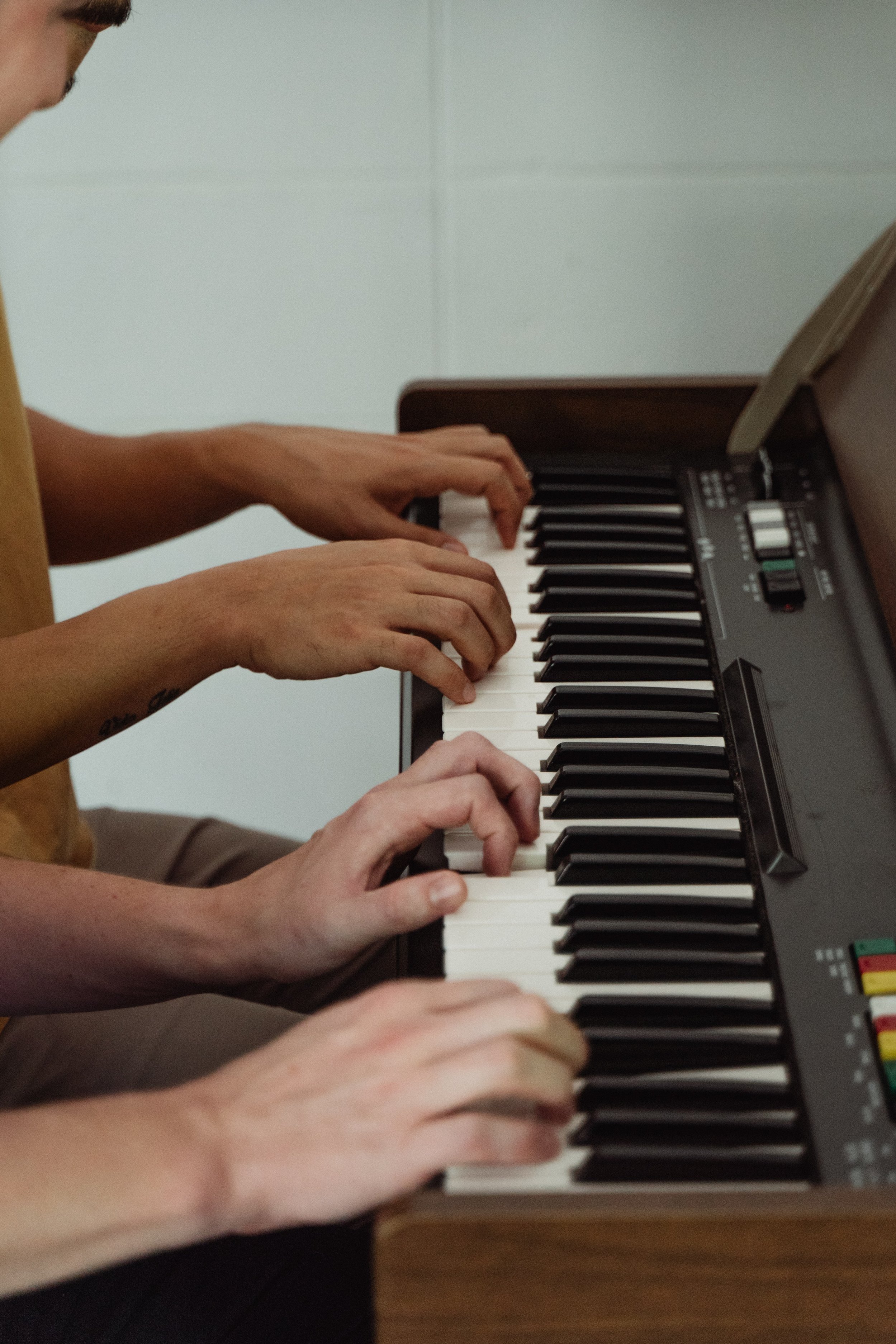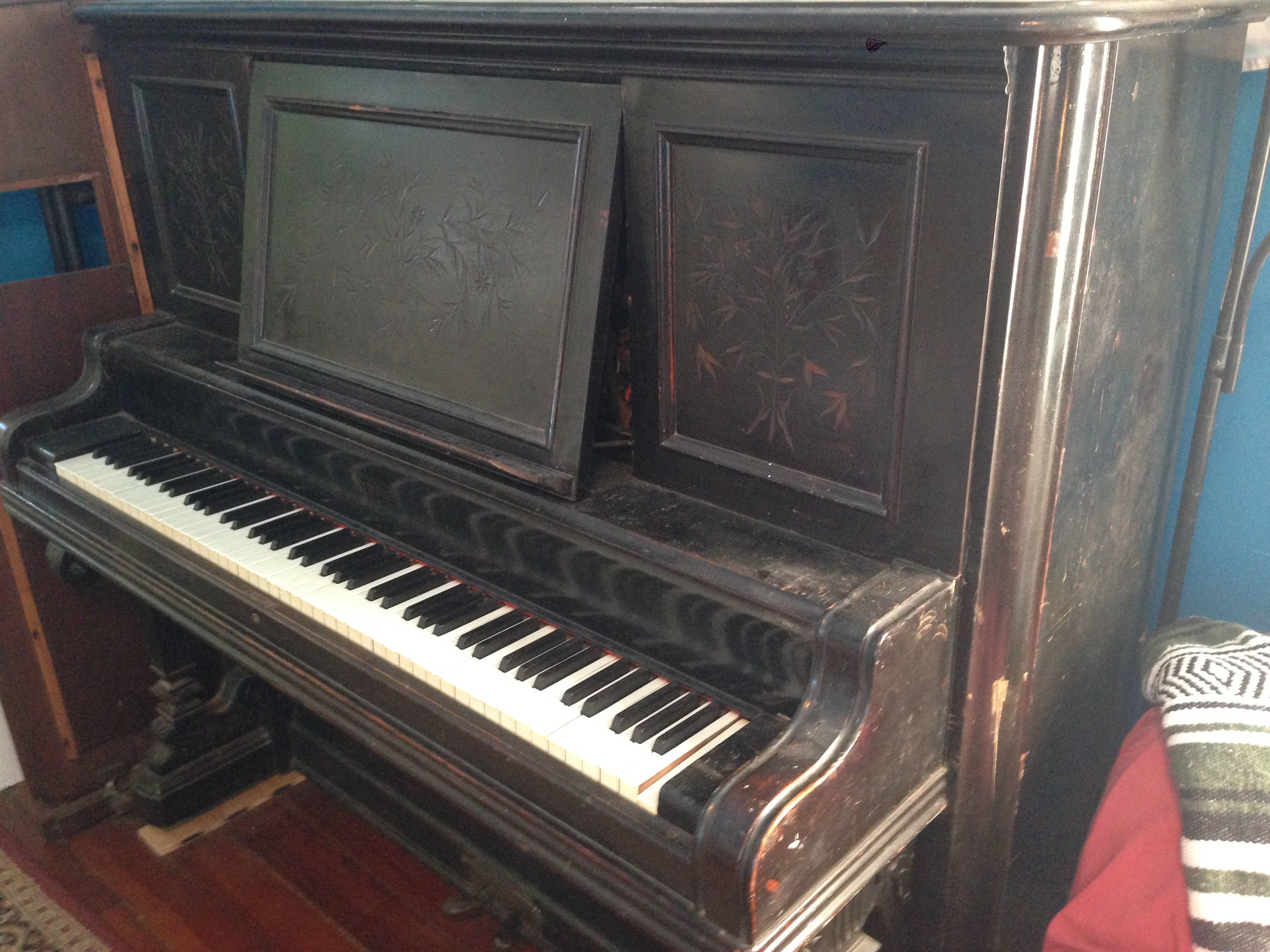Over the centuries, the tones that comprise western music have fluctuated wildly. For a long time, there was a lack of any international standard for musicians to tune their instruments to. This meant that every orchestra would tune to a different pitch than every other. An orchestra playing a Mozart piece in Vienna would sound significantly different than an orchestra playing the same piece in New York. Since the 18th century, the keystone of western music has been the note A above middle C, also known as A4. This was the reference note that every instrument in an orchestra would tune their instruments to. The interesting part is that this single note could vary wildly (from 380 hertz to 500 hertz) depending on where in the world the orchestra was. Mozart, Bach, and Beethoven likely composed with an A4 pitch between 420 and 430. Some Italian and French orchestras commonly tuned to a pitch of 450 or higher. If you are unfamiliar with the sounds produced by these frequencies, you can plug them into onlinetonegenerator.com to hear the differences.
In 1953, the International Organization for Standardization set out to create a standard pitch for western music. This standard would allow for musicians worldwide to play the same music at the same pitch. The standard pitch set by the ISO was 440 hertz for the key A4. Though not universally accepted, this standard is by far the most common pitch in use today.
There are many people around the world who oppose the assignment of 440 hz as the standard concert pitch. One alternate tuning that has gained a significant following is 432 hz. A Google search of this frequency will provide hundreds of thousands of links to various websites touting the perceived superiority of 432 hz. Many people have an almost religious addiction to this idea, using words such as “mathematically consistent with the patterns of the universe” and claiming that 432 “will support humanity on its way towards spiritual freedom”, as well as spreading ideas of a Nazi conspiracy to use a 440 hz standard to make humans more aggressive and violent.
A typical image from a pro-432 hz website. This apparently shows the shapes formed when water crystallizes while certain music is played or words are spoken.
One of the most vocal proponents of 432 hz is Brian Collins, who runs the website omega432.com. In order to witness the power of 432 hz, Collins recommends purchasing several frequencies of tuning forks (including a 432), striking them, inserting them into separate glasses of water, and then tasting the water in each glass. This will obviously somehow exhibit the superiority of 432 hz.
Omega432.com also contains plenty of nonsensical babble such as
Saturn completes one precessional Great Year of 25,920 years every 864 of its “years,” a half cycle every 432 of its “years,” a quarter cycle every 216 of its “years,” and an eighth of a cycle every 108 of its “years.” This equals (108 x 30) 3240 years, or 45 degrees of precessional arc. We can continue counting in Saturn years down to 9, one 96th of the precessional year, or 3.75 degrees of arc and 270 earth years, which brings us to the alignment period of the galactic meridian and the zenith/nadir axis.
What all of this number manipulation fails to mention is that the measurement of hertz is a ratio of cycles per second, and that a second is “a measurement of time that correlates with the duration of 9,192,631,770 periods of the radiation corresponding to the transition between the two hyperfine levels of the ground state of the cesium 133 atom.” Now if that isn't the shiniest, most spiritual thing you've ever heard, I don't know what is.
Another supporter of 432 hz tuning was Rudolph Steiner, the Austrian philosopher responsible for the teachings behind Waldorf Education. Steiner had many strange ideas about music, not the least of which was that the piano was the worst possible instrument for a child to learn. Additionally, he stated
[...] musical instruments are derived from the spiritual world; the piano, however, in which the tones are abstractly lined up next to each other, is created in the physical world by man. [...] A piano is like the Philistine who no longer contains within him the higher human being. The piano is the Philistine instrument. It is fortunate that there is such an instrument, or else the Philistine would have no music at all. [...] Naturally, the piano is a beneficial instrument [...] but it is the one instrument that actually, in a musical sense, must be overcome. Man must get away from the impressions of the piano if he wishes to experience the actual musical element.
Plenty of “experiments” proving the value of 432 hz can be found online. One particularly popular one shows sound frequencies being used to produce patterns in sand on a large steel plate. What they fail to point out is that the “scientist” sabotages the 440 hz measurement by loosening the wingnut in the center of the plate to produce a less pleasing result.
There are also plenty of instances to be found of 432ers taking the words of French and Italian vocalists out of context and using them for their own purposes. Many of theses famous vocalists have said that higher pitches add additional strain to their vocal chords and contribute to the early demise of their careers. However, what 432ers fail to mention is that these vocalists are usually talking about orchestras that tuned to 450 hz, 460, or even higher. These vocalists were generally not clamoring against 440. The 8 hz difference between 440 and 432 is hardly enough to ruin anyones vocal chords. The difference between these two frequencies can be heard at onlinetonegenerator.com.
I have also read claims that the extra tension required in tuning string instruments to 440 results in “additional strain of tension” and can cause warping and breakage. This claim is equally inane, as modern instruments are built with the purpose of handling the tension of a 440 tuning. In instruments produced before 440 was an accepted standard, this may be a legitimate concern. Of course, these antique instruments should be tuned to whatever pitch they were intended for.
All of these points aside, I have no problem with the fans of 432 hz tuning who simply claim that they enjoy listening to music that uses that pitch instead of 440. That reason is fine, just please cut out the faux science already.
For further reading, I recommend this article from Vice.














I have been servicing and tuning pianos in NOLA since 2012 after first becoming interested in piano technology in 2009. With a background in teaching bicycle mechanics, I bring a methodical mindset and a love of sharing knowledge and skills to the rich musical culture of New Orleans.